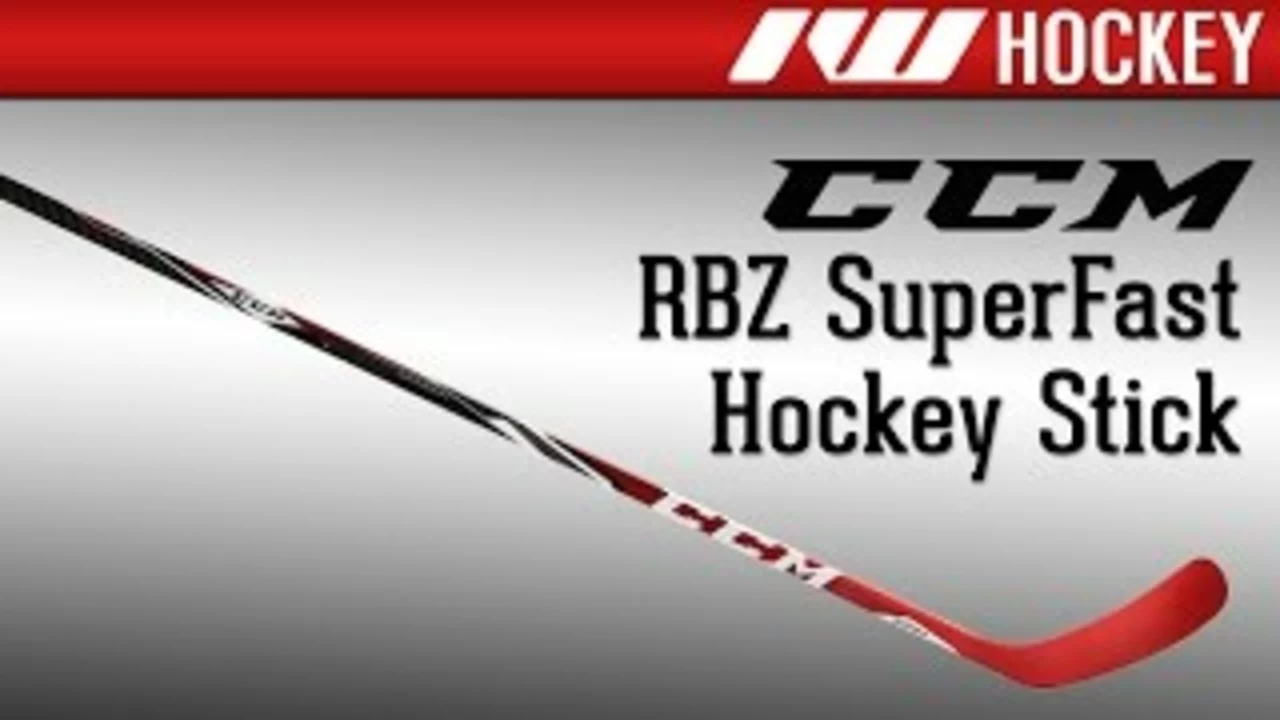Hockey Stick Curve: What It Is and Why It Matters
If you grab a stick and look at the blade, you’ll notice a bend. That bend is the curve, and it changes how the puck rolls off your stick. A good curve can boost shooting accuracy, make stickhandling smoother, and even protect your hands from painful slaps. The wrong curve, though, can make you miss easy chances and feel uncomfortable on the ice.
Most players don’t think about curves until they feel a drop in performance. The truth is, the curve works with your style. Whether you shoot quick wrist shots or love powerful slap shots, the right curve helps the puck leave the blade exactly where you want it.
Common Curve Types
Manufacturers label curves with letters and numbers. The most common are:
- Mid‑curve (e.g., ‘Mid‑5’ or ‘Mid‑7’) – a smooth, even bend. Great for versatile players who need balance between shooting and handling.
- Toe‑curve (e.g., ‘Toe‑5’) – the bend concentrates near the blade’s tip. Perfect for quick wrist shots and snap shots because the puck lifts faster.
- Heel‑curve (e.g., ‘Heel‑4’) – the curve sits near the heel. Ideal for slap shots and strong forehand passes.
- Open‑curve (e.g., ‘Open‑4’) – a wider, more open shape. Helps with puck control in tight spaces and makes stickhandling feel looser.
Each curve type changes the contact point. A toe‑curve lets the blade cup the puck sooner, while a heel‑curve gives you a later, more powerful strike. Try a few on the bench before you lock in a choice.
How to Choose the Right Curve
Start with your favorite shot. If you spend most of your time snapping the puck off the forehand, a toe‑curve is likely your best friend. If you love booming slap shots from the point, look at a heel‑curve.
Next, think about your position. Defensemen often favor mid‑curves because they need both strong passes and reliable shots. Forwards who dart through traffic usually pick open or toe‑curves to keep the puck alive.
Consider comfort. Some players feel a sting in the palm when the curve is too deep. If you’ve ever had a painful grip, try a shallower curve like a Mid‑5. A shallower curve slides under the puck more gently and reduces hand fatigue.
Finally, test on ice. Most local shops let you borrow demo sticks. Take a few minutes on the rink, shoot a couple of wrist shots, and see how the puck reacts. The best curve will feel natural – you won’t have to think about adjusting your swing.
Remember, the curve is only part of the equation. Blade width, stick flex, and your own technique all play a role. But nailing the right curve gives you a solid foundation to build on.
In short, don’t guess – try. Use the tips above, experiment with a few common curves, and match the bend to your playing style. The right hockey stick curve can turn an average shot into a reliable scoring weapon and make your stickhandling smoother than ever.

What is the best hockey stick curve?
After extensive research, I've found that the 'best' hockey stick curve really depends on individual play style. For players who enjoy quick, snappy shots and improved puck control, a smaller curve like the P88 or PM9 might be a good fit. On the other hand, if you're more into slap shots and one-timers, a larger curve like the P28 or P29 might suit you better. It's important to remember that there isn't a one-size-fits-all answer here. What works best for you might not work for someone else, so it's all about experimenting to see what meets your personal needs on the ice.
View More